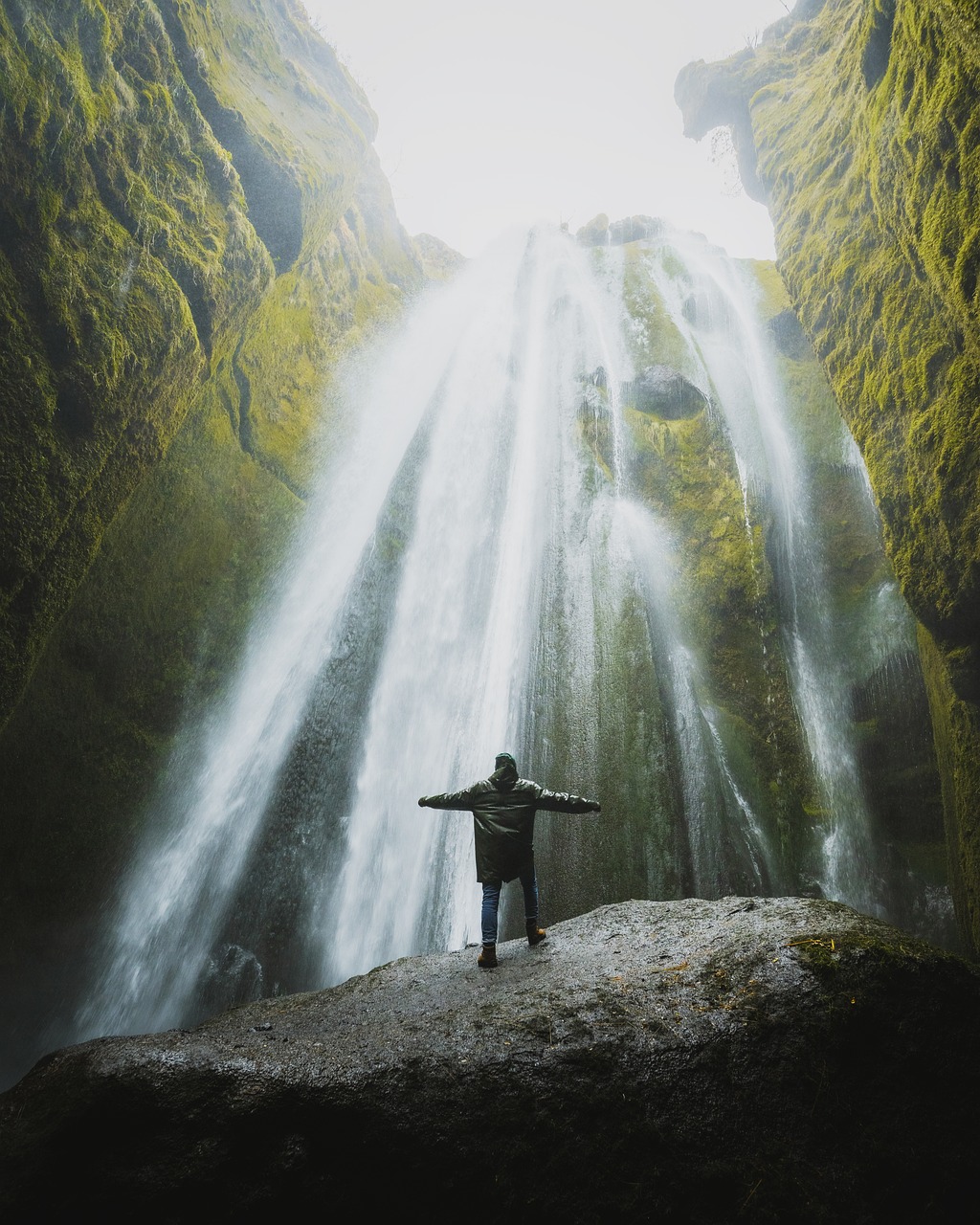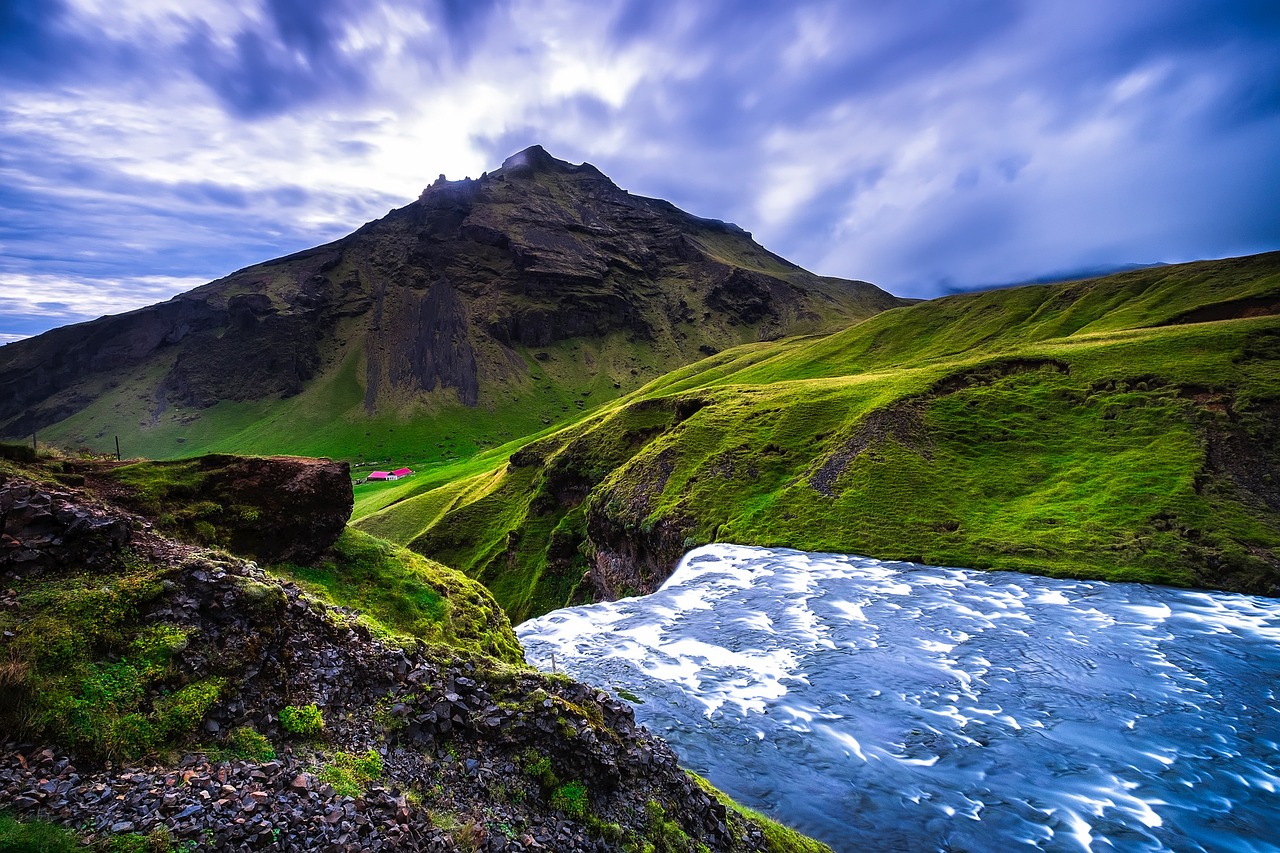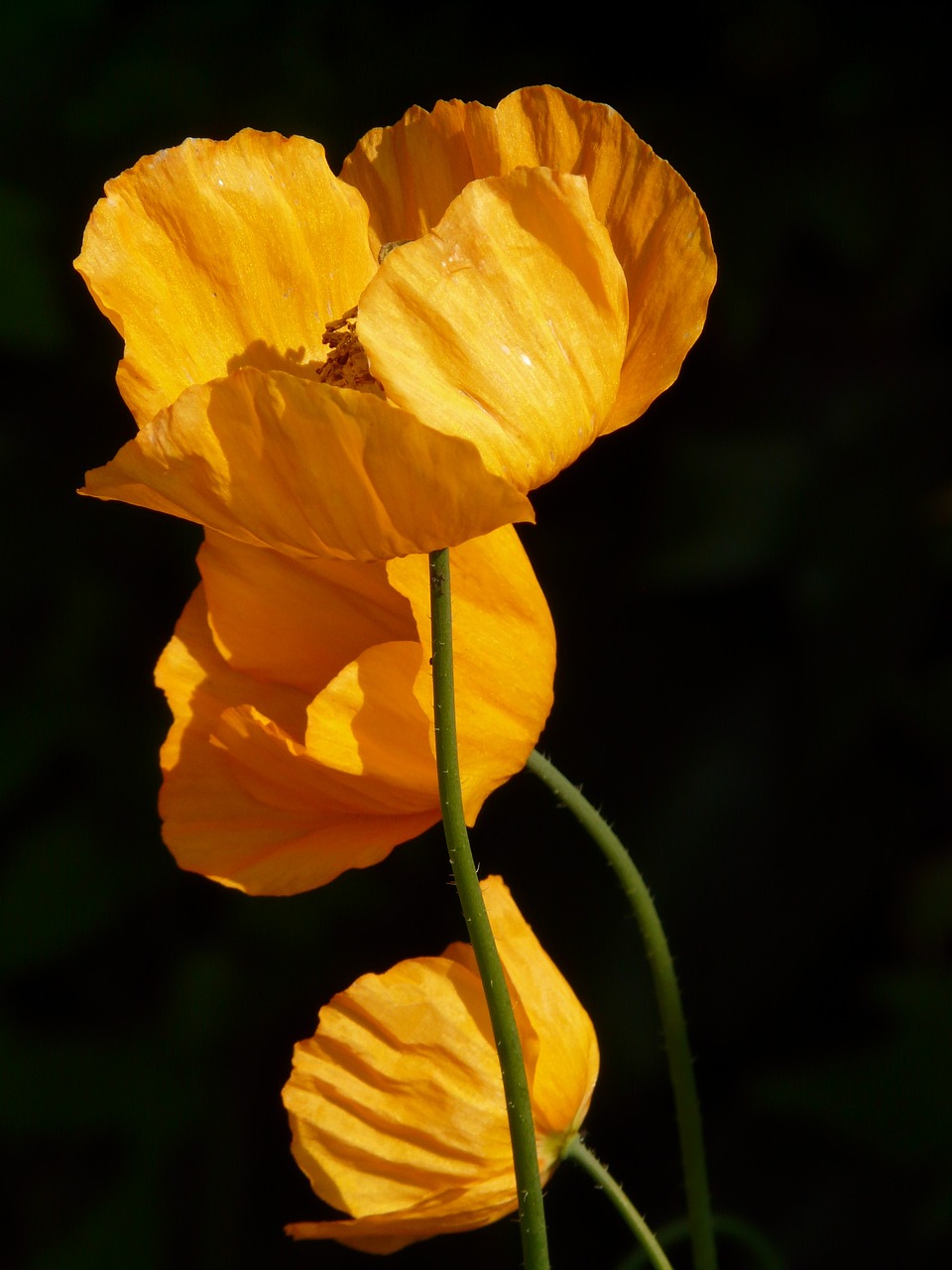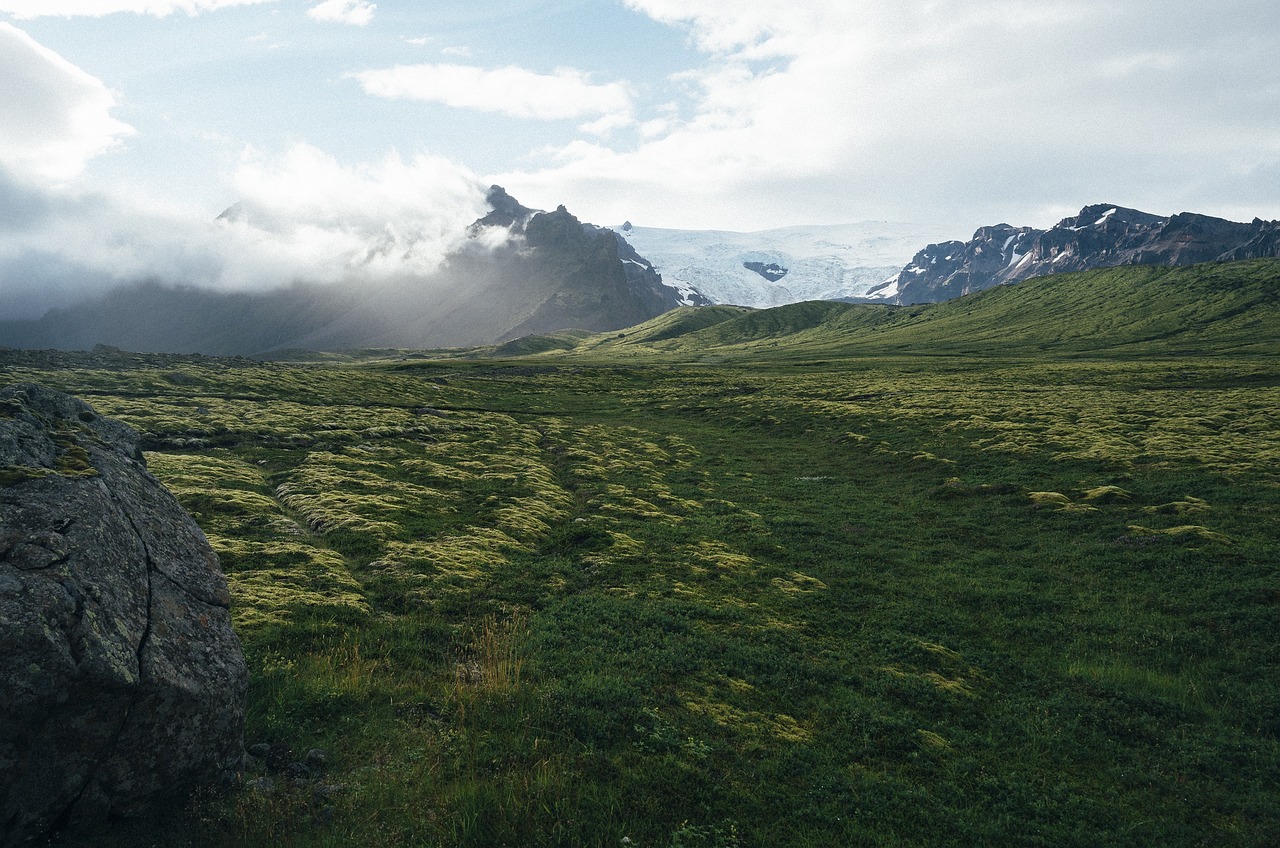Iceland Video
Weathering Iceland: Seasonal Changes and What to Expect
Iceland, known as the “Land of Fire and Ice,” offers breathtaking landscapes and unique weather conditions. Located in the North Atlantic Ocean, just below the Arctic Circle, Iceland experiences dramatic seasonal changes throughout the year. From the midnight sun of summer to the awe-inspiring Northern Lights of winter, each season in Iceland has its own charm and allure. In this article, we will explore the seasonal changes in Iceland and what you can expect during your visit.
Summer: Endless Days and Mild Temperatures
During the summer months in Iceland, the country experiences the phenomenon of the midnight sun. The sun sets for only a few hours, leading to long days filled with daylight. The average temperature ranges from 10°C to 15°C (50°F to 59°F), making it a pleasant time to explore the stunning landscapes and engage in outdoor activities. Here are some highlights of summer in Iceland:
- Endless Daylight: Experience the surreal phenomenon of the midnight sun, where the sun barely sets below the horizon.
- Hiking and Camping: Take advantage of the mild temperatures and extended daylight to explore Iceland’s numerous hiking trails and campsites.
- Whale Watching: Embark on a whale-watching tour to catch a glimpse of these majestic creatures in their natural habitat.
- Golden Circle Tour: Discover popular attractions like the Geysir geothermal area, Gullfoss waterfall, and Thingvellir National Park.
Iceland Image 1:

Autumn: Vibrant Colors and Changing Landscapes
Autumn in Iceland brings a vibrant display of colors as the landscapes transition from green to golden hues. The temperatures begin to cool down, ranging from 5°C to 10°C (41°F to 50°F). Autumn offers a unique experience for nature enthusiasts and photographers. Here are some highlights of autumn in Iceland:
- Fall Foliage: Witness the breathtaking transformation of Iceland’s landscapes as the leaves change colors.
- Hot Springs: Soak in the warm waters of Iceland’s natural hot springs, such as the famous Blue Lagoon.
- Puffin Watching: Visit coastal areas to observe puffins, cute seabirds that nest in Iceland during the summer months.
- Glacier Hiking: Explore the mesmerizing ice formations and crevasses of Iceland’s glaciers on a guided hiking tour.
Winter: Snowy Landscapes and the Northern Lights
Winter in Iceland is a magical time, with snowy landscapes and the opportunity to witness the captivating Northern Lights. The temperatures range from -1°C to 4°C (30°F to 39°F), and daylight hours are shorter. Here are some highlights of winter in Iceland:
- Northern Lights: Marvel at the dancing colors of the Aurora Borealis as they illuminate the night sky.
- Ice Caves: Venture into the crystal-clear ice caves that form within Iceland’s glaciers for a truly enchanting experience.
- Snowmobiling: Glide across the snowy terrains of Iceland on an exhilarating snowmobile tour.
- Reykjavik City: Explore the charming capital city of Reykjavik, known for its vibrant art scene, cozy cafés, and lively nightlife.
Iceland Image 2:

Spring: Awakening Nature and Milder Weather
As winter transitions into spring, Iceland experiences the awakening of nature. Temperatures begin to rise, ranging from 1°C to 7°C (34°F to 45°F). Spring is a time of renewal and offers unique opportunities to witness Iceland’s natural beauty. Here are some highlights of spring in Iceland:
- Waterfalls: Witness the powerful flow of Iceland’s waterfalls as they swell with melted snow and ice.
- Wildflowers: Admire the vibrant blossoms of wildflowers that dot the Icelandic landscapes.
- Birdwatching: Observe a variety of bird species that migrate to Iceland during the spring, including puffins and Arctic terns.
- Hot Springs: Relax in natural hot springs surrounded by the picturesque spring scenery.
Summer: The Peak Season for Tourism
During the summer months, Iceland experiences a surge in tourism due to the favorable weather conditions and extended daylight hours. It is essential to plan and book accommodations and activities well in advance during this peak season. Here are some important considerations for visiting Iceland in summer:
- High Demand: Popular attractions and accommodations may be crowded, so it’s advisable to book in advance.
- Car Rentals: Renting a car is a convenient way to explore Iceland, but availability might be limited during the peak season.
- Outdoor Activities: Take advantage of the pleasant weather to engage in activities like hiking, horseback riding, and glacier tours.
- Midnight Sun Photography: Capture stunning photographs of the midnight sun illuminating the Icelandic landscapes.
Iceland Image 3:

References
– Visit Iceland: www.visiticeland.com
– Inspired by Iceland: www.inspiredbyiceland.com
– Iceland Travel: www.icelandtravel.is
– Lonely Planet – Iceland: www.lonelyplanet.com/iceland
– Guide to Iceland: www.guidetoiceland.is


